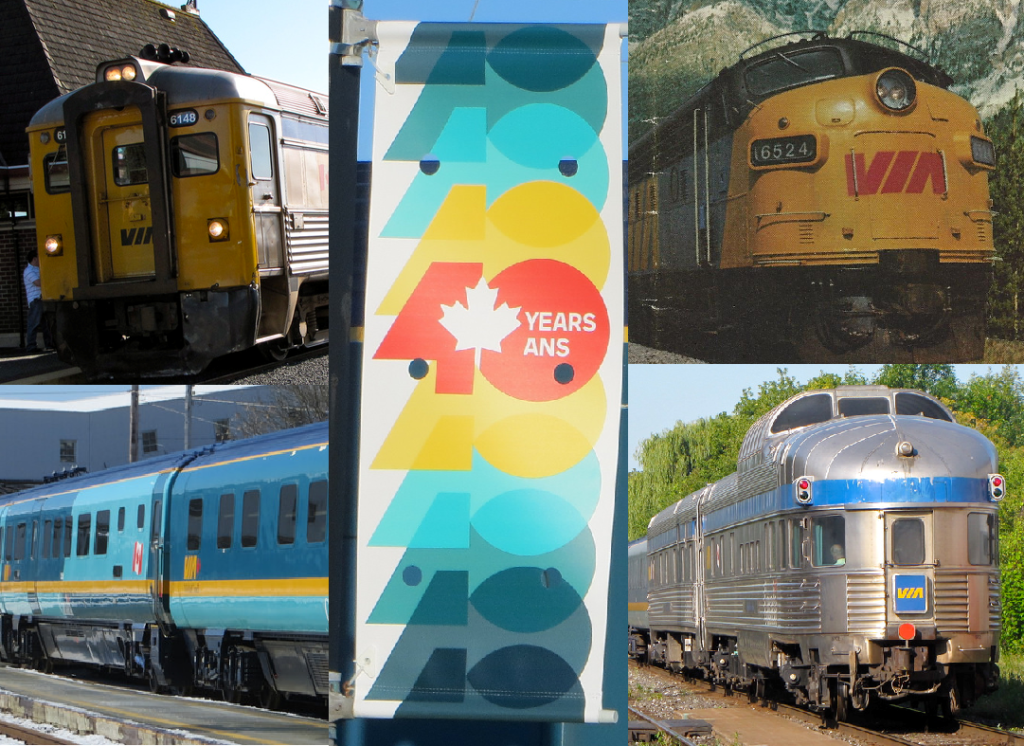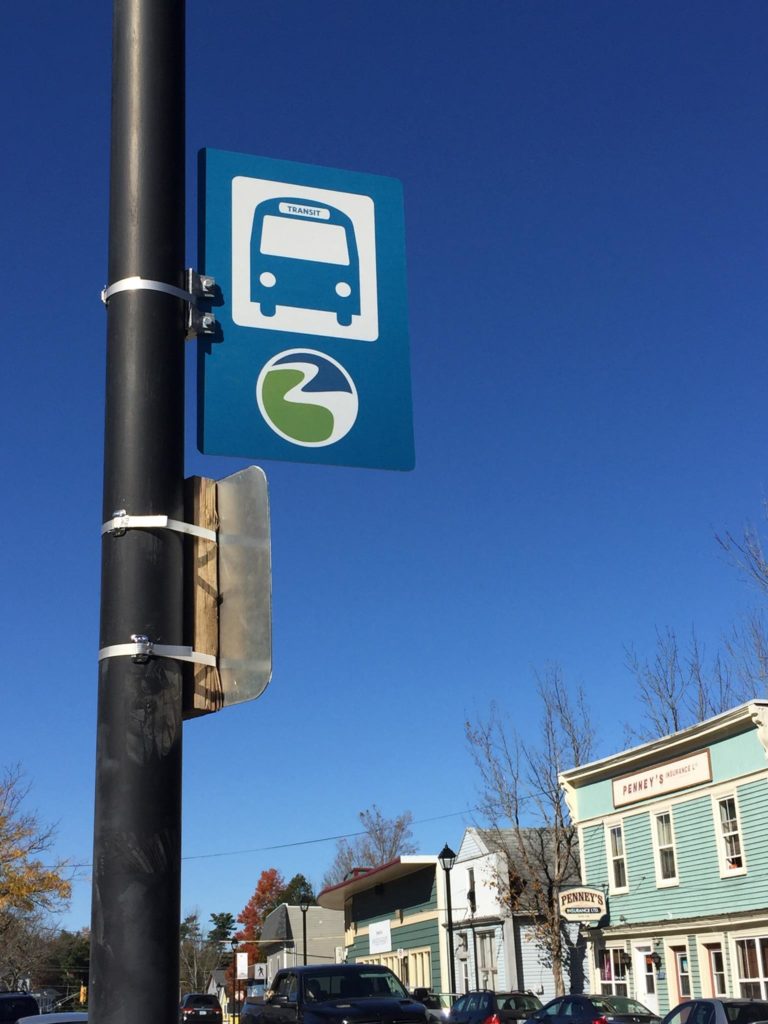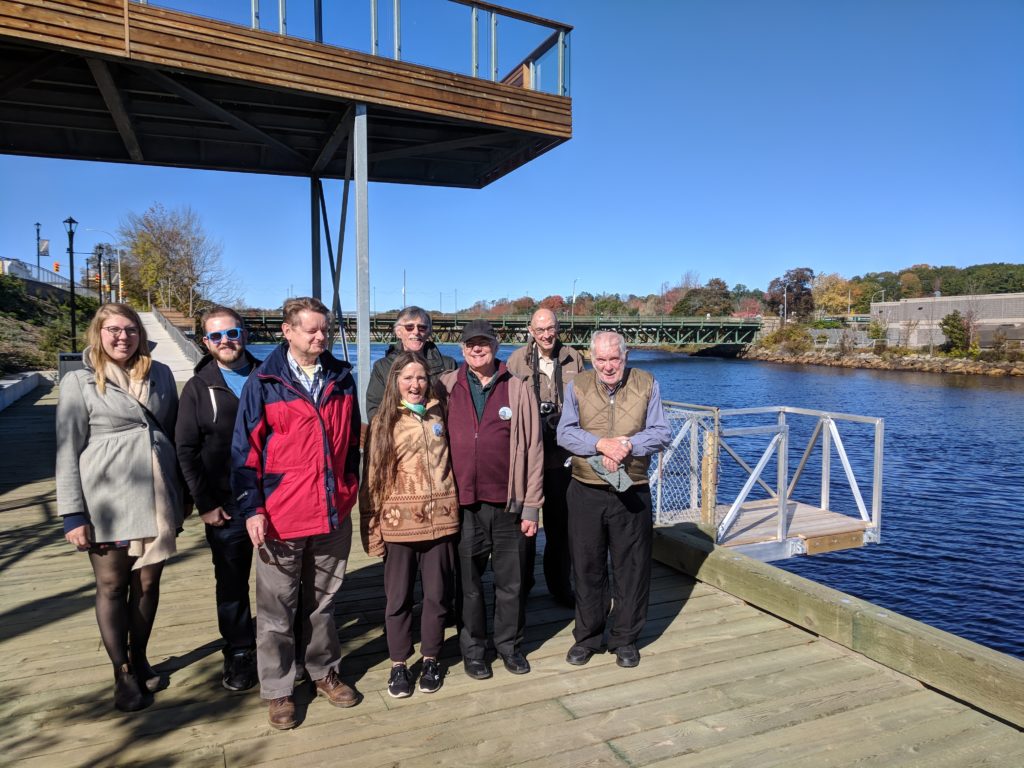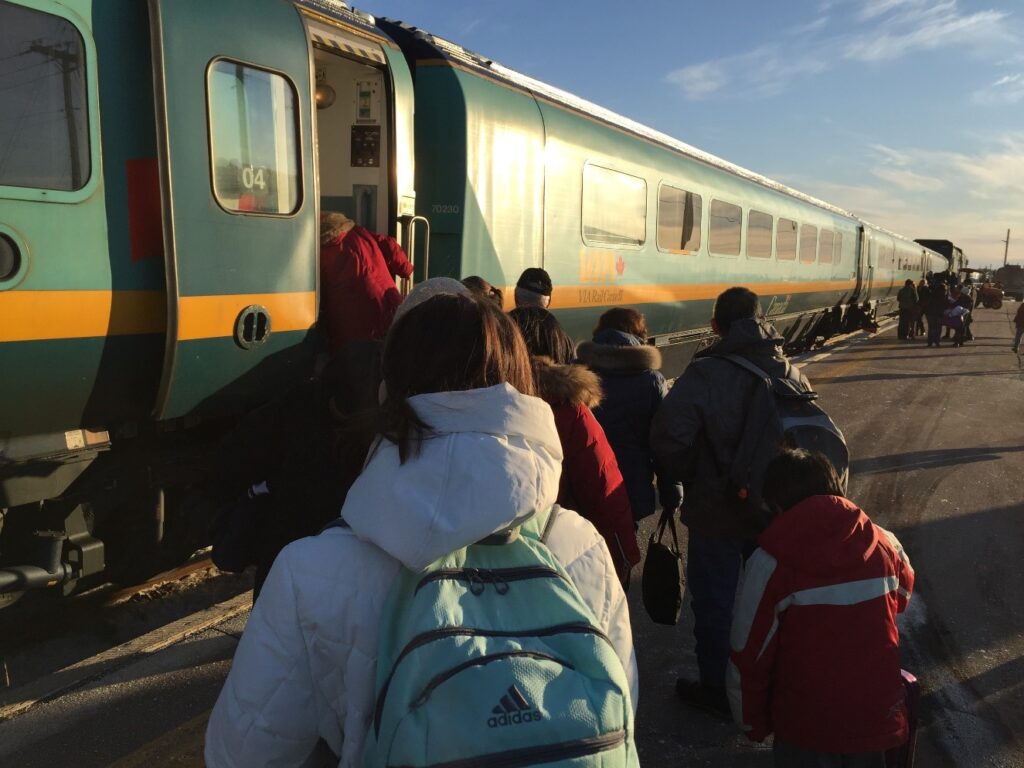
We can get there from here – it just takes co-operation
By David Coon
The old saying in downeast Maine that says, “You can’t get there from here,” nearly became reality for people needing to travel between northern and southern New Brunswick last month, unless they could drive.
The federal Crown corporation that provided passenger rail service between Campbellton, Moncton and Halifax stopped its trains from venturing east of Quebec last year. Next, PEI-based Maritime Bus came close to taking its buses off the road as the pandemic ate into its ridership. An 11th hour decision by Premier Higgs to provide a $750,000 grant kept the bus links between Fredericton and Edmundston, Moncton and Campbellton, and Fredericton and Moncton, for now.
In the extreme southwest of the province, the Higgs government has been funding the tiny summer tourist ferry between Campobello Island and Deer Island to provide service through the winter. This enables Campobello residents to avoid the long trip through the hot zone that America has become, while providing a link to the island for mainlanders who can no longer cross into the U.S. Service is spotty since it was never designed for the wind and seas that winter brings.
How has our public transportation network become so fragmented and brittle? Like Grand Manan and Deer Island, Campobello was once linked by ferry to the mainland. Commuter trains linked Fredericton and Saint John. Daily rail service linked North with South. Bus service was available just about wherever you lived.
The need for public transportation services is growing with an aging population, the rising cost of vehicle ownership and insurance, increasing numbers of immigrants, the regionalization of public services, and the imperative of cutting transportation-related carbon pollution.
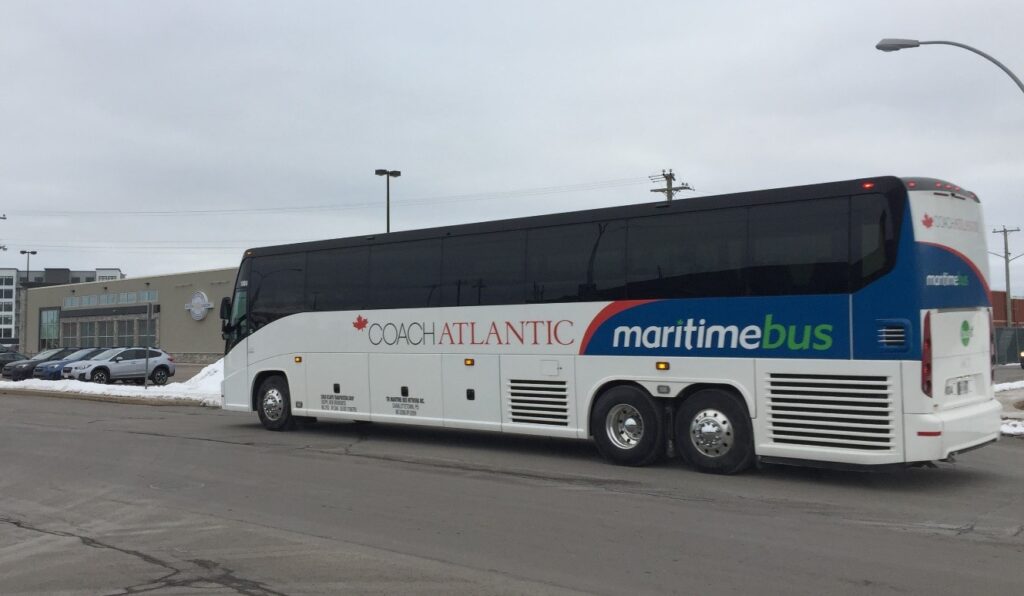
With public transportation services in disarray, it’s as if there is no one in charge – which there isn’t. In fact, the Department of Transportation and Infrastructure has no mandate to oversee the coordination of public transportation services. No civil servant has that turf. New Brunswick has only ever had a highway strategy. There has never been an integrated transportation strategy.
This partly explains why New Brunswick hasn’t touched a dime of the $120 million in federal funding for public transportation projects allocated to the province as part of the ten-year $673 million infrastructure agreement that was signed with Ottawa in 2018.
There was no one to provide advice on how the transportation funding might be tailored to meet New Brunswick’s needs. A ten-year public transportation strategy written for government, on the initiative of the Economic and Social Inclusion Corporation, could have provided guidance, but it was gathering dust on a shelf. The infrastructure agreement with Ottawa got inked with $120 million for public transportation restricted for use by city transit services alone.
The Premier wants us to become more self-sufficient, but if you can’t afford to own a vehicle or are unable to drive one, that self-sufficiency becomes an impossible goal. Just as deep cuts to our carbon footprint are impossible without shifting driving time to commuting time on a bus or train.
To achieve our social, economic and environmental goals we must become more self-sufficient in public transportation. How do we build a public transportation network that meets our needs, and what revenue will fund the necessary public investments?
This is a job for a public institution that crosses provincial borders. I propose the creation of a Maritime Transportation Authority, a regional Crown corporation, that can quarterback the development of a public transportation network that enables us to travel where we need to go, when we need to go, throughout the Maritimes.
I envision a seamless system of regional passenger rail, motor coach, and local transit services that are a mix of private, public and community enterprises. We already have PEI-based Maritime Bus delivering some bus services, which could be expanded. There are community-based transit services in some areas, ferry services in others, but no rail. It is time for a Maritime rail service to be knitted into the mix. One ticket should get you where you want to go, from door to door. Carbon tax revenues can help support operational costs.
Prime Minister Justin Trudeau is promising to spend nearly $15 billion on public transportation over the next eight years. Let us seize that opportunity for the Maritimes, together, to increase the well-being of our citizens and propel us toward a greener economy by breathing life into a serviceable public transportation network that we can count on to get us there from here.
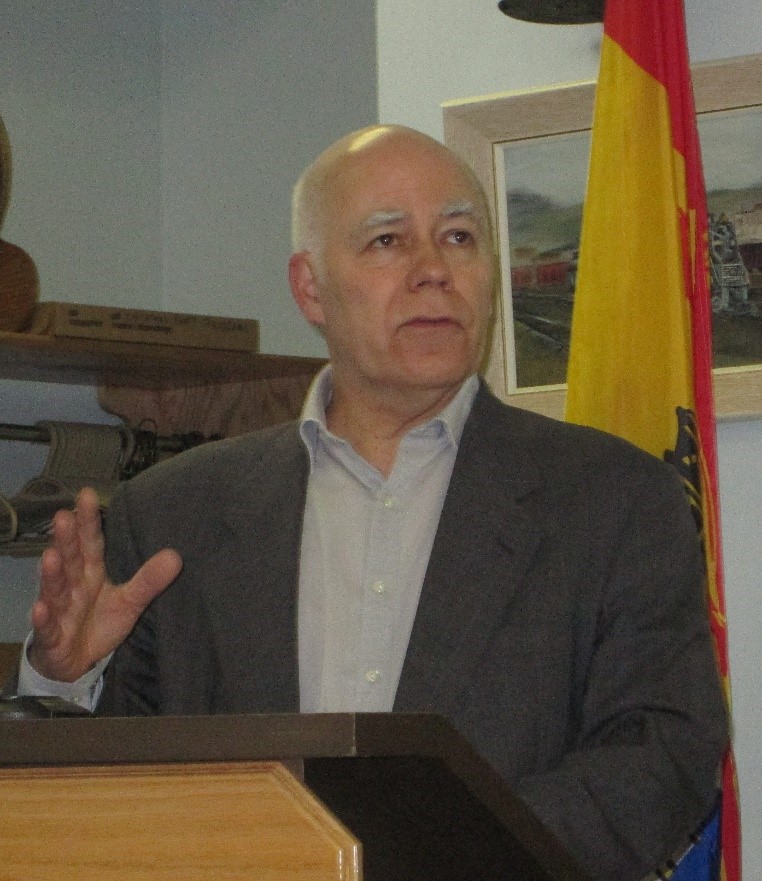
David Coon is leader of the New Brunswick Green Party and the MLA for Fredericton South. He is shown here addressing TAA’s annual general meeting in 2017.





